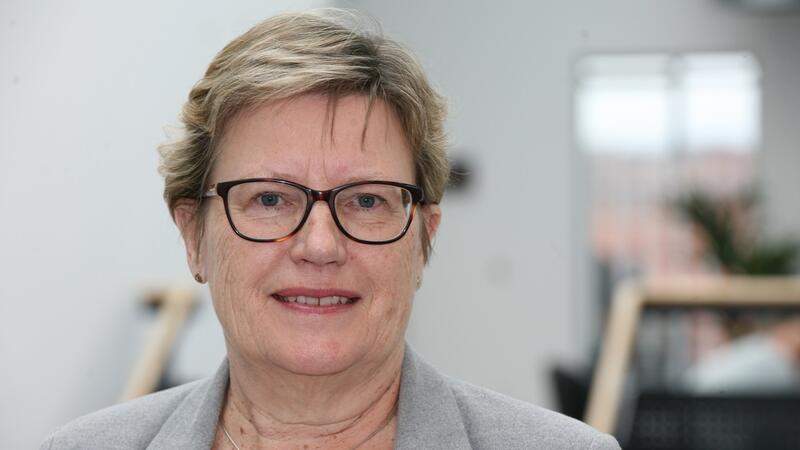Anne-Marie Vægter Rasmussen: "Important to understand the Wadden Sea as part of a bigger story"

A lawyer by education, Anne-Marie Vægter Rasmussen has been working in the Danish Ministry of Environment for most of her career. She first became engaged in the Wadden Sea for some years in the 1990s and the beginning of the 2000s, as part of the Danish Delegation to the Trilateral Wadden Sea Cooperation (TWSC). In 2020, Anne-Marie returned as Head of the Danish Delegation and became Chairperson of the Wadden Sea Board, when Denmark took over the presidency of the Cooperation. The interview was held by Annika Bostelmann and was first published in the 2023 Annual Report of the Trilateral Wadden Sea Cooperation.
Why are you engaged in the Trilateral Wadden Sea Cooperation?
I was first engaged as it became one of my assignments as an employee of the ministry. However, I quickly became fascinated with the uniqueness of the Wadden Sea ecosystem as well as its importance on a global scale. Also, seeing the complexity of the area, when it comes to management, I think that aligning our responsibilities and structures regarding management A across borders is a huge challenge. In my work, I have often dealt with the preservation and the management of designated areas in Denmark as well as international obligations and, being attuned to these challenges, I hope to provide support.
What does the Wadden Sea mean to you?
I especially value that this is such a large landscape area with so many exceptional nature values, also on a global scale. At the same time, it is used by so many people and sectors. This complexity fascinates me. To me, it is also important to understand the Wadden Sea as part of a bigger story – not just regarding birds, but generally embedded in nature that knows no national borders. This international responsibility stands at the centre of the TWSC.
What is the image in your mind when you think of the Wadden Sea?
I immediately think of the open landscape and see tidal flats, barrier islands, and birds. What always strikes me the most is the wide horizon, where you are fully immersed in the endless sky.
What is the most special place for you in the Wadden Sea?
This is very difficult to answer. There are so many great places in all parts of the Wadden Sea. If I had to choose and put on my national glasses, I’d say the Wadden Sea Centre in Vester Vedsted. It explains the area in such an excellent way – the birds, the tides, the ecosystem, the wildlife. And the building itself is so amazing and suits the area so well. Nearby the centre is the Mandø tidal causeway, which is a very special experience. Driving on it during low tide only thanks to the immense forces of the tide is an excellent way to make you feel small and realise that you cannot control everything.
In your eyes, what will the Wadden Sea look like in 2050? What message do you want to give to the next generation?
In 2050, we will hopefully have succeeded in preserving the Wadden Sea’s Outstanding Universal Value. Climate change and the rising sea level will impact the area, but I hope that we will have built up the Wadden Sea’s resilience and the ecosystem will be able to cope.
I also see pressures on the area from the need for green energy transition on a large scale. Here, we must find a balance as both energy and nature preservation are very important. We should not jeopardise the nature values in the area and thus put the designation as World Heritage at risk. I hope that we will also find sustainable solutions to human activities in the area, such as tourism, shipping, and fisheries.
I believe that the TWSC can create a good example of sustainable management beyond its borders. But with many national and international obligations, we must navigate through the complexity and find a way to add value without duplicating efforts. My wish for the next generation is that they continue what was started at last year’s youth conference. I urge them to speak up and come forward with their ideas within the Cooperation. I hope that they will live in a better balance with nature than we do today.
